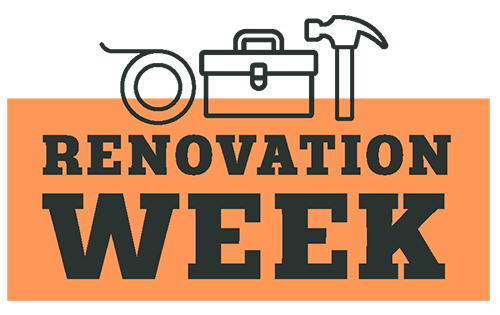
From the massive Fairmount Park to the small but significant Race Street Pier
When William Penn planned out the city of Philadelphia, he included five open-space parks in his design. Little did he know that one of those spaces would turn into the largest city park in the country, or that Philly would be considered one of the world's 10 best cities for parks.
As an ode to this city's great public spaces, here are five significant Philly parks, old and new, that have undergone significant changes over the years, from Fairmount Park to Race Street Pier.
Fairmount Park—Recently named one of the 10 Parks that Changed America by PBS, Fairmount Park was originally conceived by William Penn to be much smaller than it actually turned out. Today, it's lauded as one of the largest city parks in the country, spanning nearly 10,000 acres. Fortunately, a number of historic mansions built during the 1800s remain preserved throughout the park, but there are a few lost landscapes and buildings, including the elaborate Horticulture Hall, which was destroyed in a hurricane in 1954. You can see the hall through the Smith Memorial Arch in this historical photo taken in 1905.
Independence National Historical Park—This national park has undergone a number of so-called renovations in its lifetime, but its most significant one to date took nearly 10 years to complete and $300 million. In 1997 local landscape architect Laurie Olin and architect Bernard Cynwinski were hired to design a new master plan for the mall. It included building a new home for the Liberty Bell and the National Constitution Center, as well as adding curved paths and trees to the mall. Olin later said of the design, "People thought the design was odd, with buildings on one side and bushy trees and curvy paths on the other. People thought, it’s not symmetrical. But I'm not interested about symmetry—I care about balance. They're two different things."
Rittenhouse Square—This Center City square was another one of William Penn's five original open-space parks, though it was first called Southwest Square. And it wasn't always a public space for the elite. Originally, it served as land to raise livestock in the early 18th century. It wasn't until the 19th century that square became a gathering place for the Rittenhouse rich. By 1913, about a decade after this photo was taken, the park was redesigned by Paul Cret to feature diagonal crosswalks that met in the middle. That's the same setup that remains today.
Race Street Pier—The original Muncipial Pier 11 was built in 1896 beneath the Benjamin Franklin Bridge and served as another transportation hub along the Delaware River. When the James Corner Field Operations-designed Race Street Pier opened in 2011, it transformed the abandoned pier into a picturesque public space that now features every day yoga and boasts arguably one of the best views in Philly.
LOVE Park—One of Philly's most iconic parks is currently closed while it undergoes a $16.5 million renovation. It broke ground in February 2016, and the iconic Love sculpture was moved across the street to Dilworth Park for the time being. The mid-century modern Fairmount Park Visitors Center will feature a futuristic art installation and the granite-heavy plaza will be redesigned to include a lot more green space. It's expected to re-open in spring 2017.

No comments:
Post a Comment